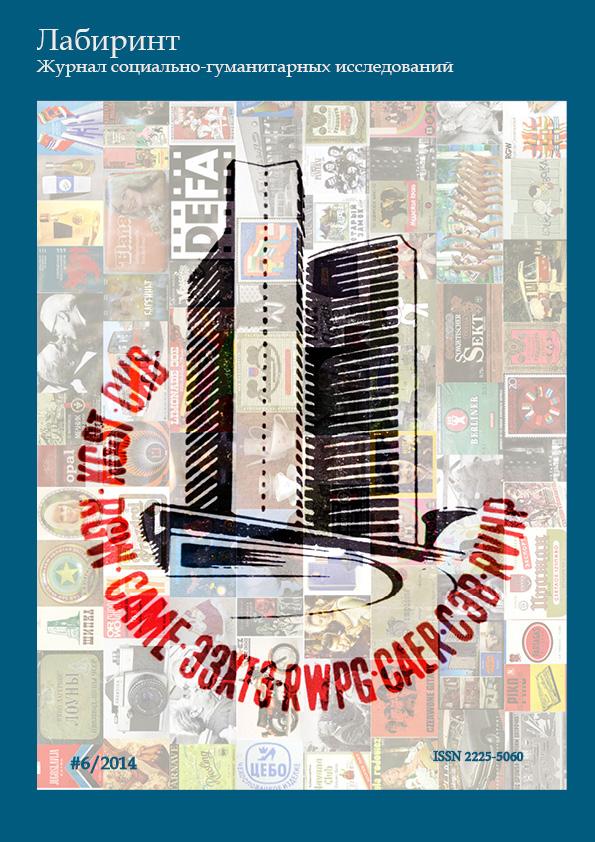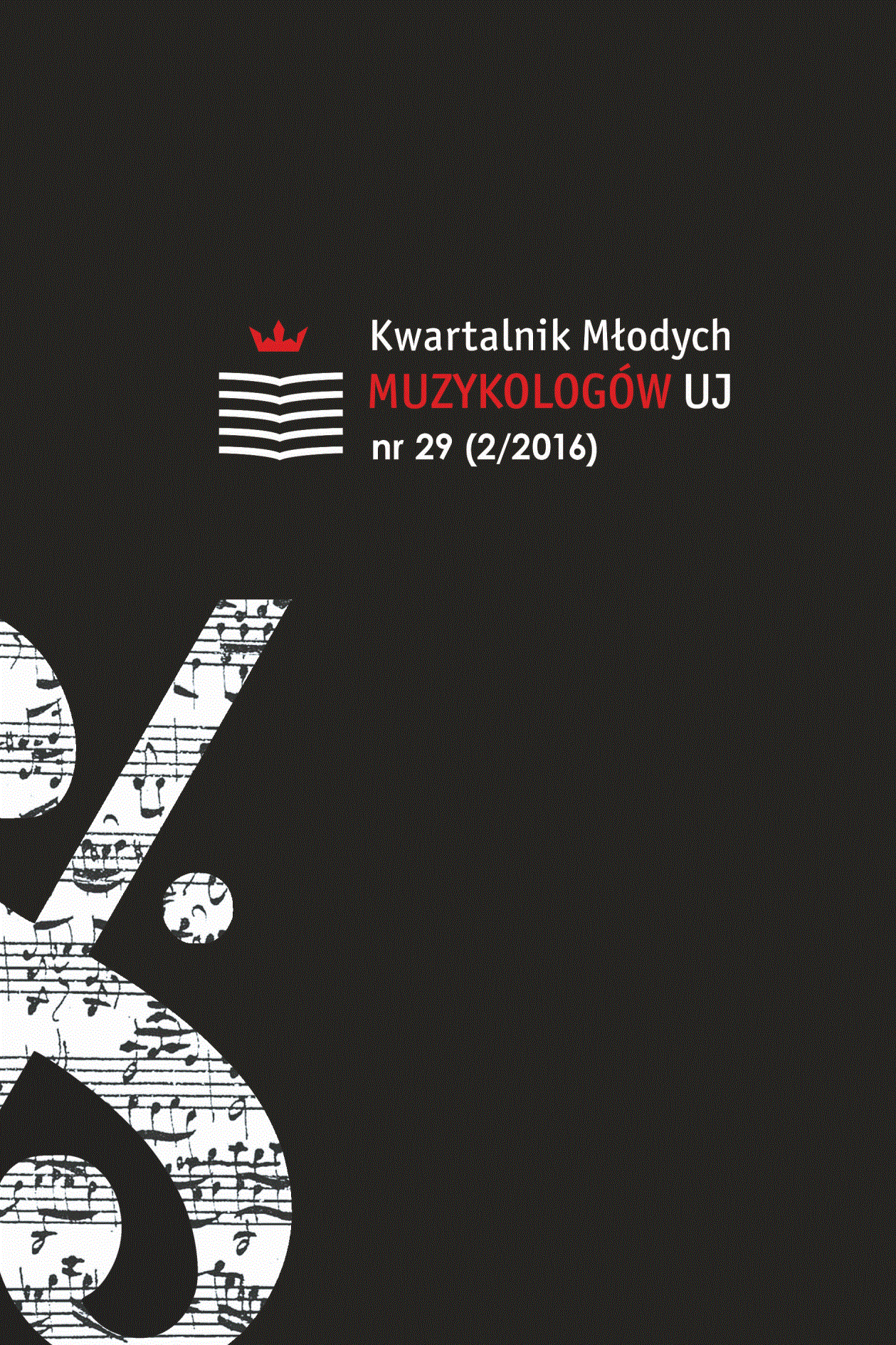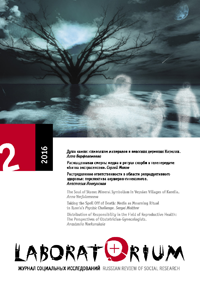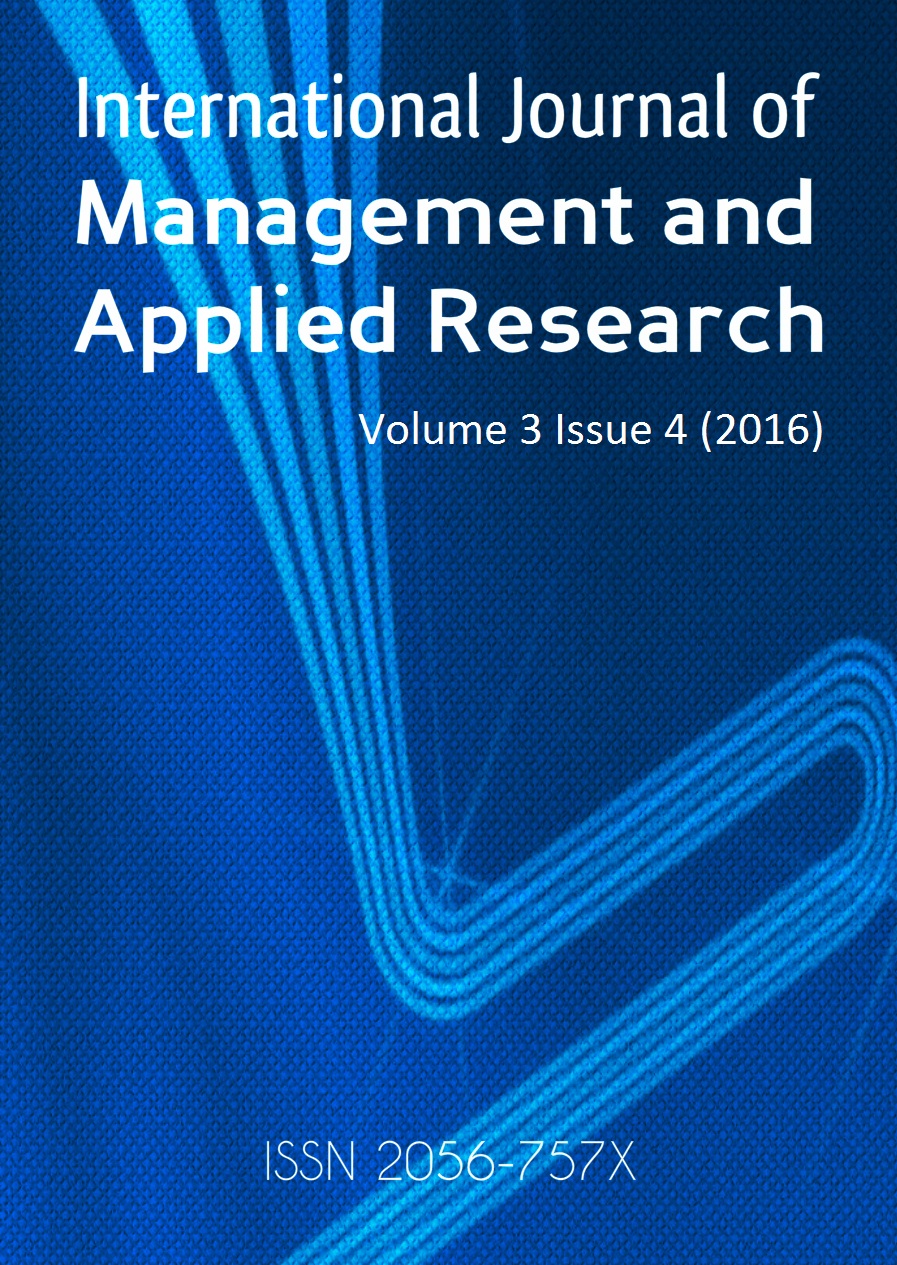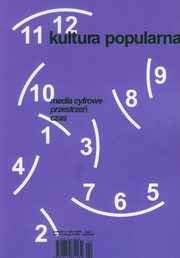
The sersera of the guembri: anthropological approach to the device in the context of Gnawa diasporas in Brussels and Morocco
In Gnawa music, the three-stringed lute called guembri plays a central role. According to Sum (2012, p. 52), “the guembri attracts the mluk (supernatural entities summoned in gnawa ceremonies) by sounding their musical identities, effectively sounding their names (...), (as well as) calling on the adept (...). Upon arrival of the spirit, the guembri, as the adept, becomes possessed.” The guembri is equipped with a detachable idiophone consisting of metal loops or rings fixed around the edges of a metal sheet, inserted into the neck. This device, called the sersera, is mostly audible during solo moments. It has been often noticed, or briefly described (Baldassarre 1999), but never analyzed in detail. However, it seems important for us to include the sersera in the analysis of the status, meaning and roles of the guembri timbre. Taking it into consideration will provide a new approach leading to better understanding of many facets of the instrument, including its cultural value. The sersera was used before and it is still made and carried by musicians, but nowadays it is barely employed either in Morocco or in Belgium. Through confrontation of the acoustical analysis and the information found in literature with the musicians’ experience, this paper tries to find the reasons of this obsolescence.
More...
